The roughly 3000-year-old volcanic island was discovered by Polynesians from the northwest somewhere between the 8th and 12th centuries. They had to travel from 1600-2000 miles to find it by boat, whereas it took me just a few hours to find it 2182 miles west of Chile following my trip to Patagonia. Roughly 2000-3000 people lived on the island in 1772, but diseases introduced by white settlers and slave raids by Chileans reduced the population to 111 by 1877. Now the population is 7750, but it is no longer pure Polynesian.
The stones, called moai, began to be carved to honor kings and other honored people in the 13th century. Eventually over 800 were carved, and some were left unfinished in the quarry. All were erected vertically originally, but few were left standing by the 1800s. Most were toppled on purpose, usually face down, by the lower classes in protest against the ruling class leaders. In the last few decades several areas of the moais have been erected vertically again. Most are between 13 to 30 feet high, but the biggest unfinished moai was 62 feet.
Epilogue
The Taj Mahal, the Roman Forum, Machu Picchu, Stonehenge and many other places intrigued me since I was a kid. There really wasn't much to see in Newton, so most anyplace would have impressed me. After seeing all those, Easter Island was another such place I just had to see. So, now I feel better. Not perfect, you know, as I still have a few more places left to see before I check out. I'll get there.

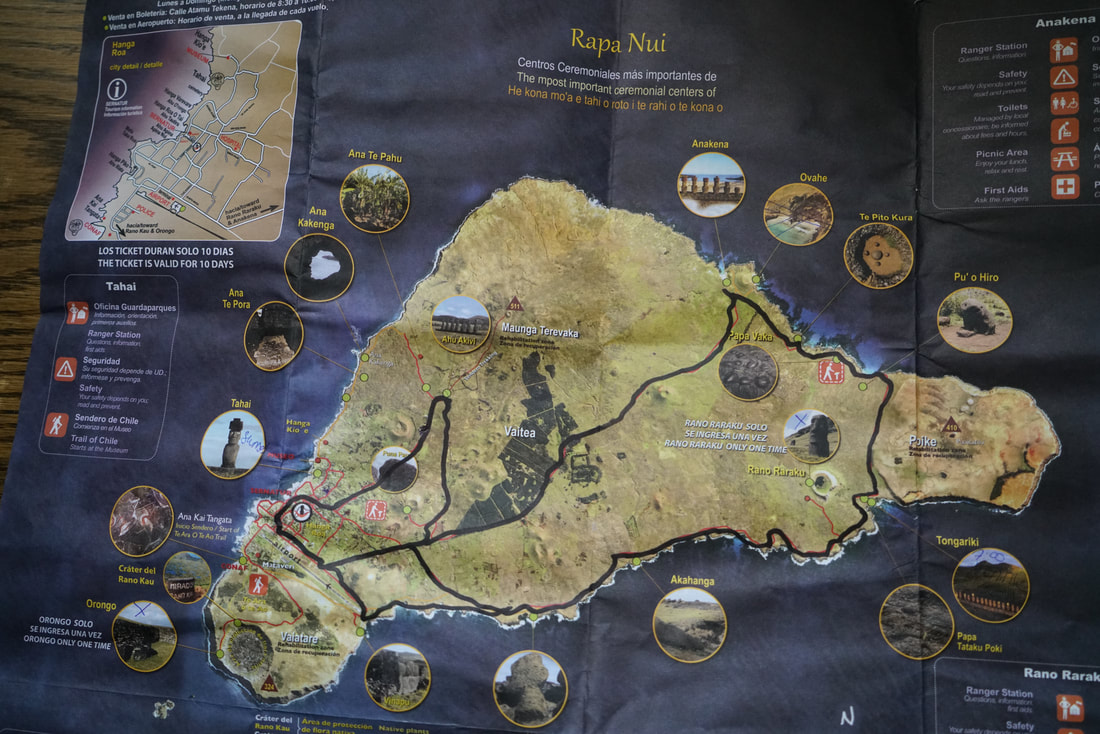
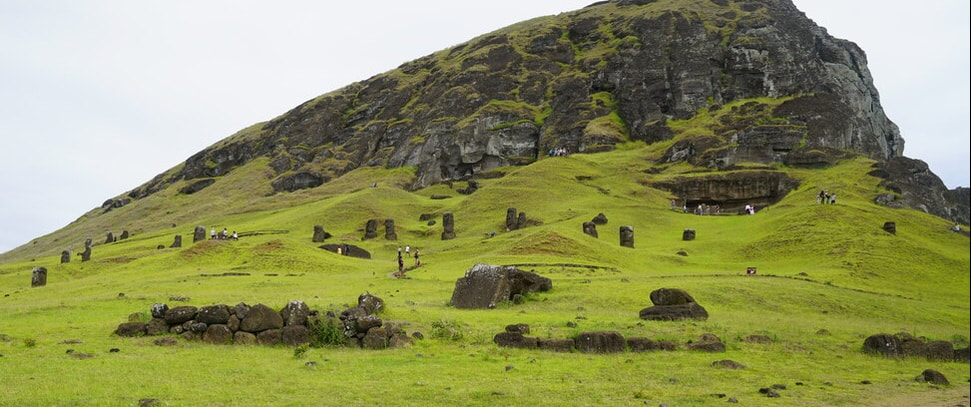
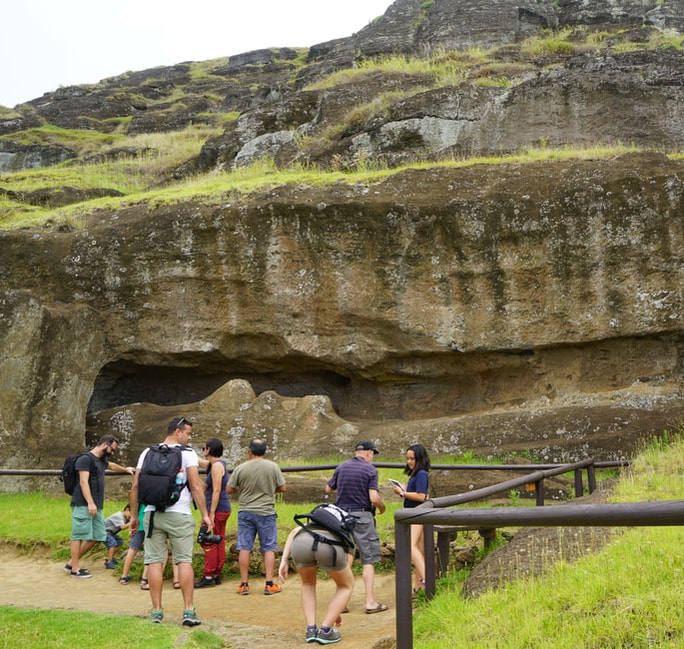
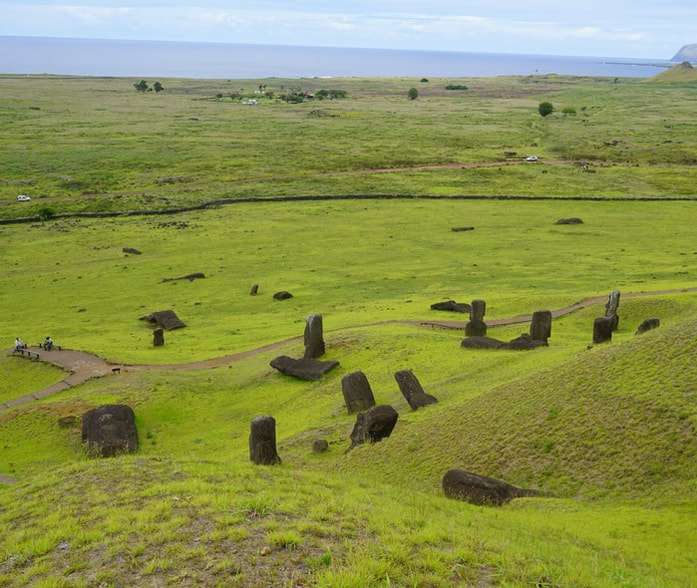
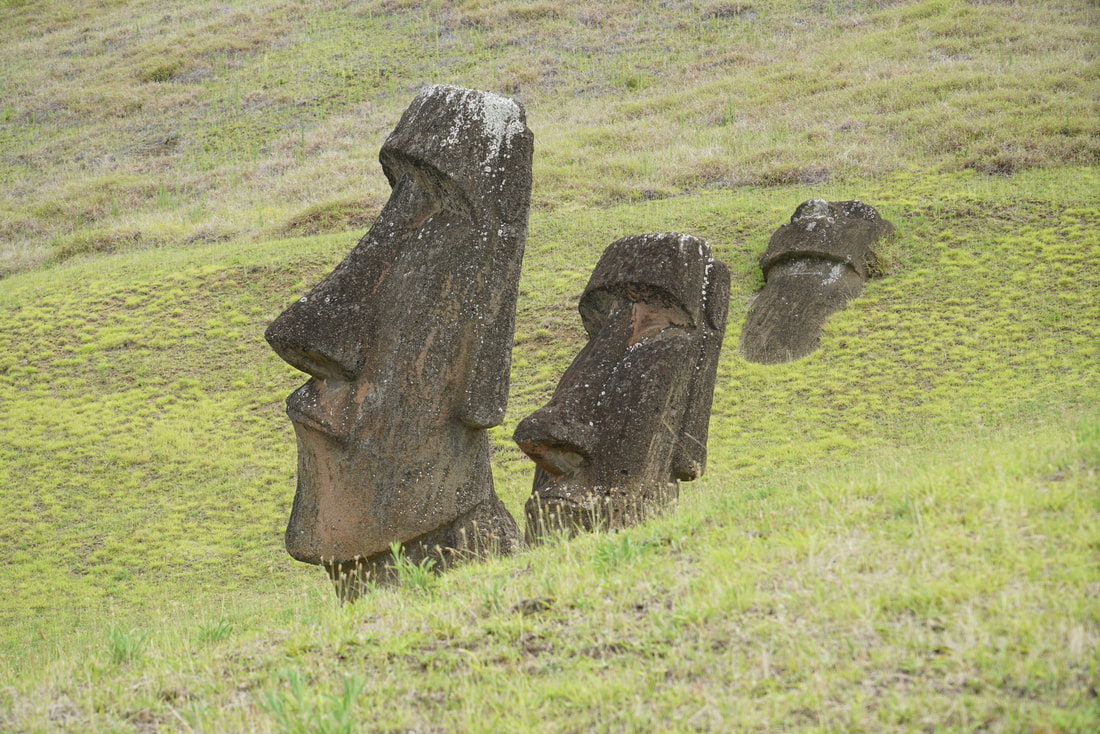
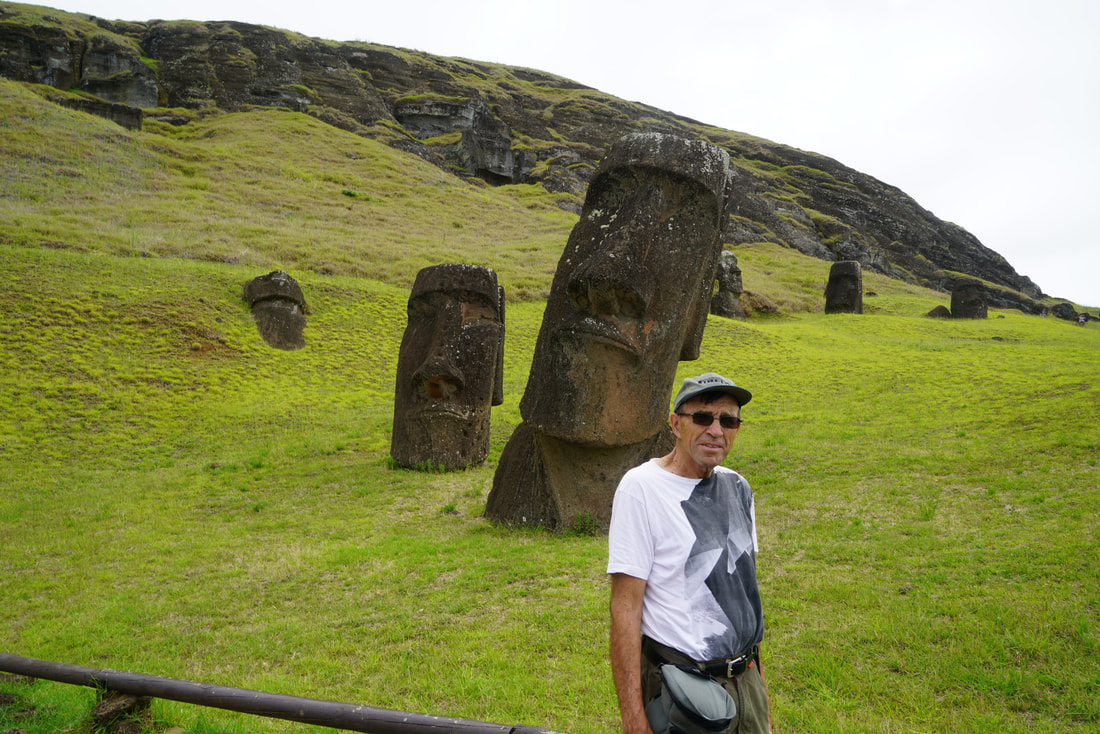
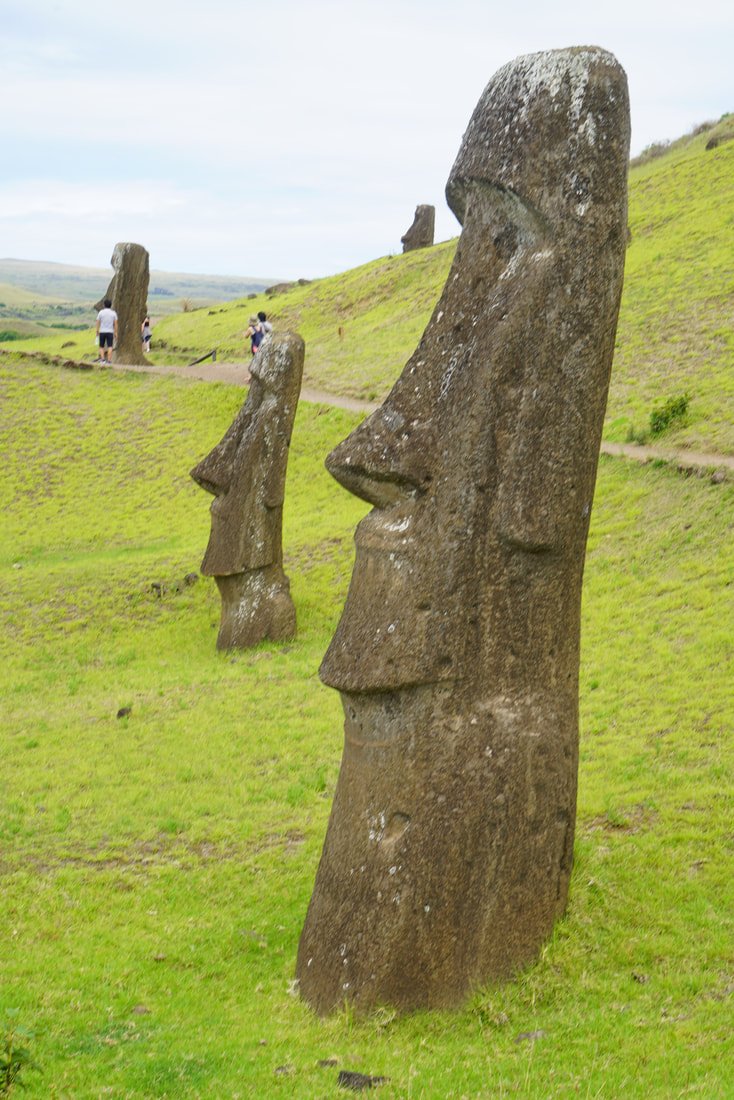
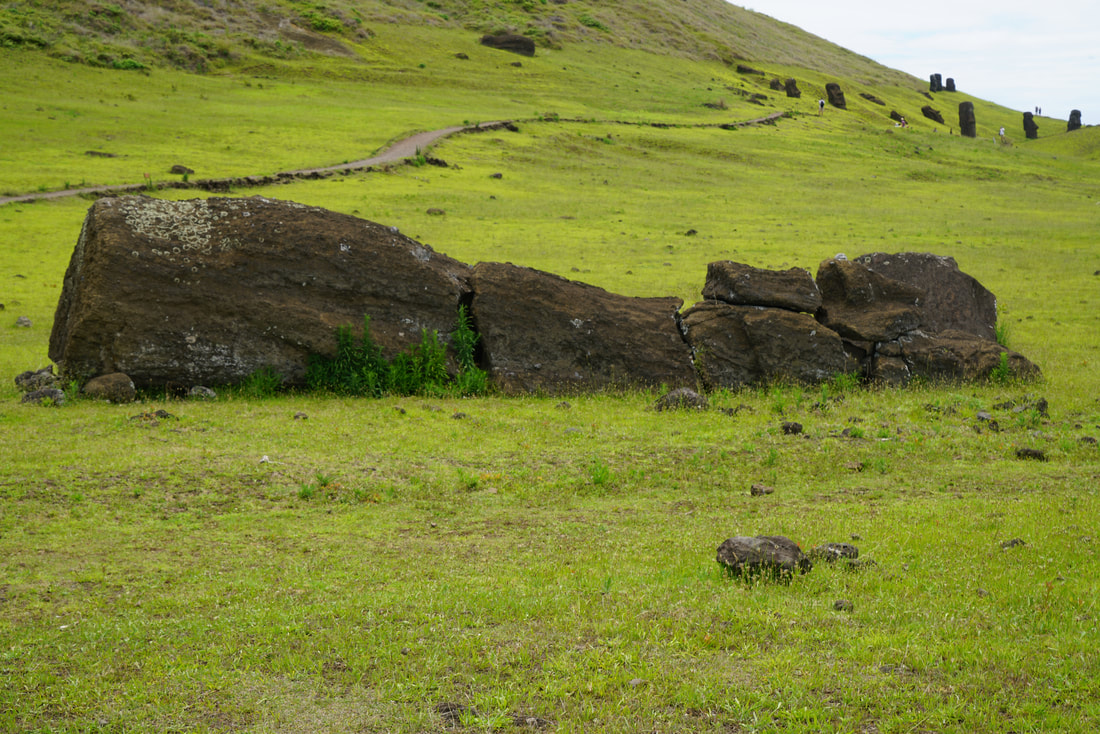
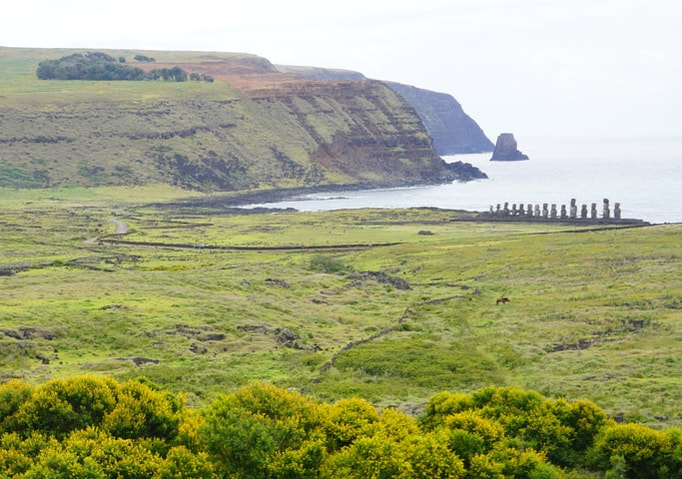
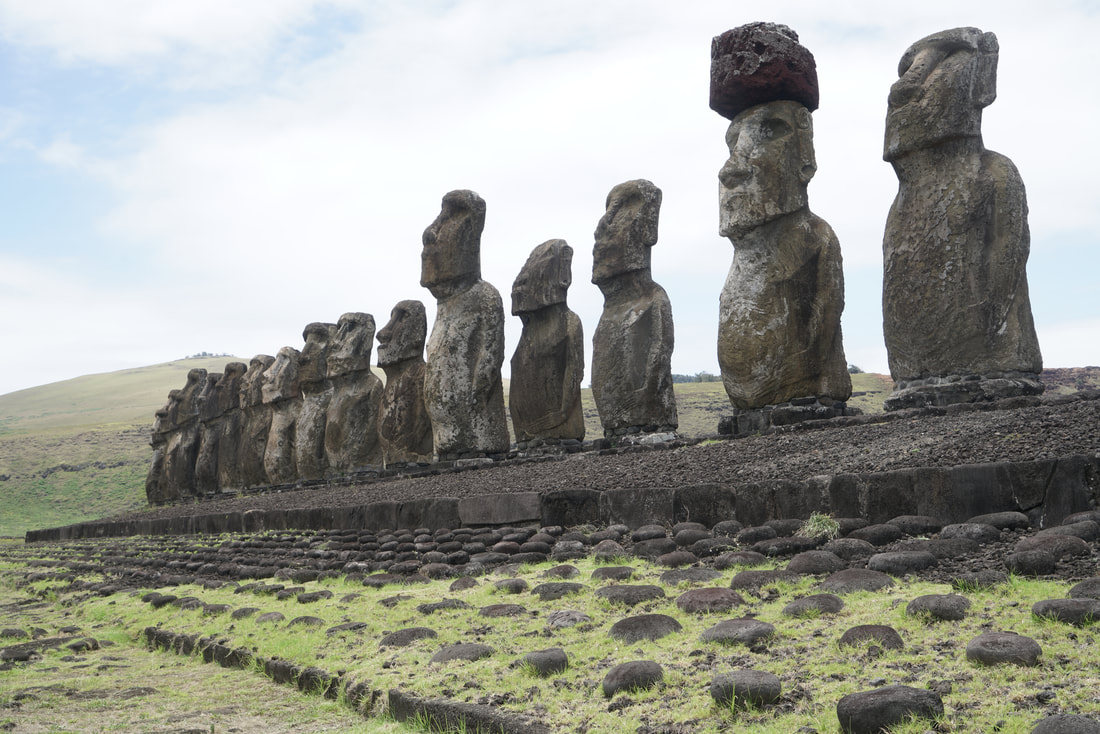
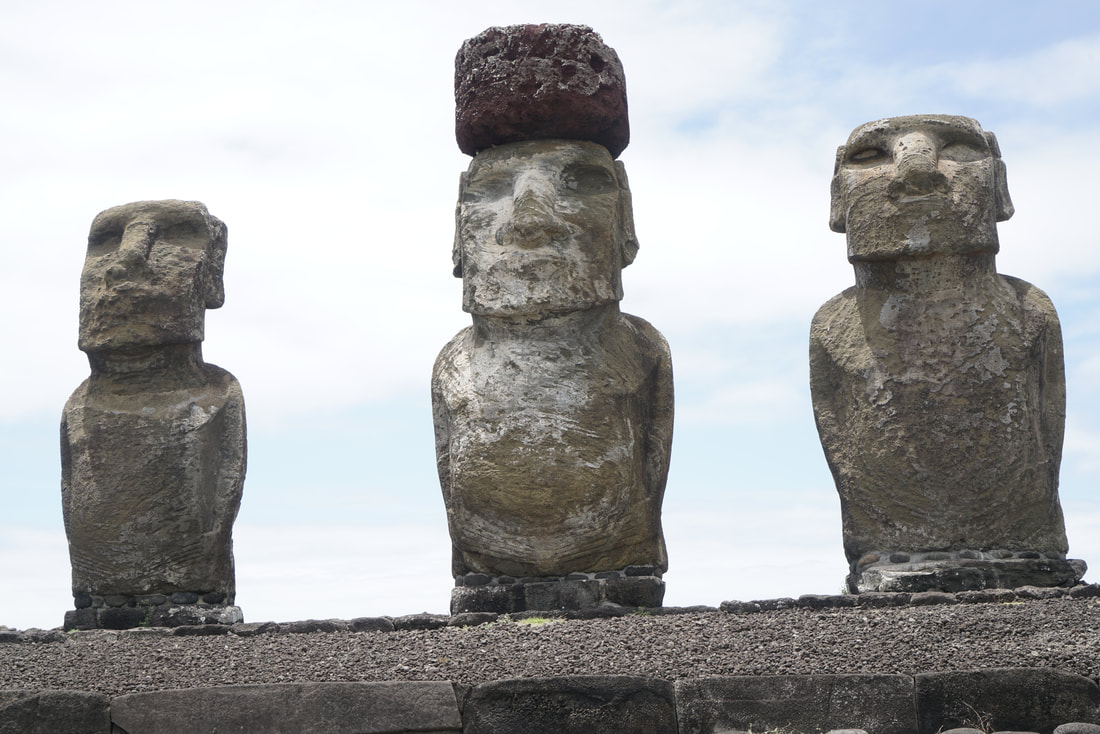
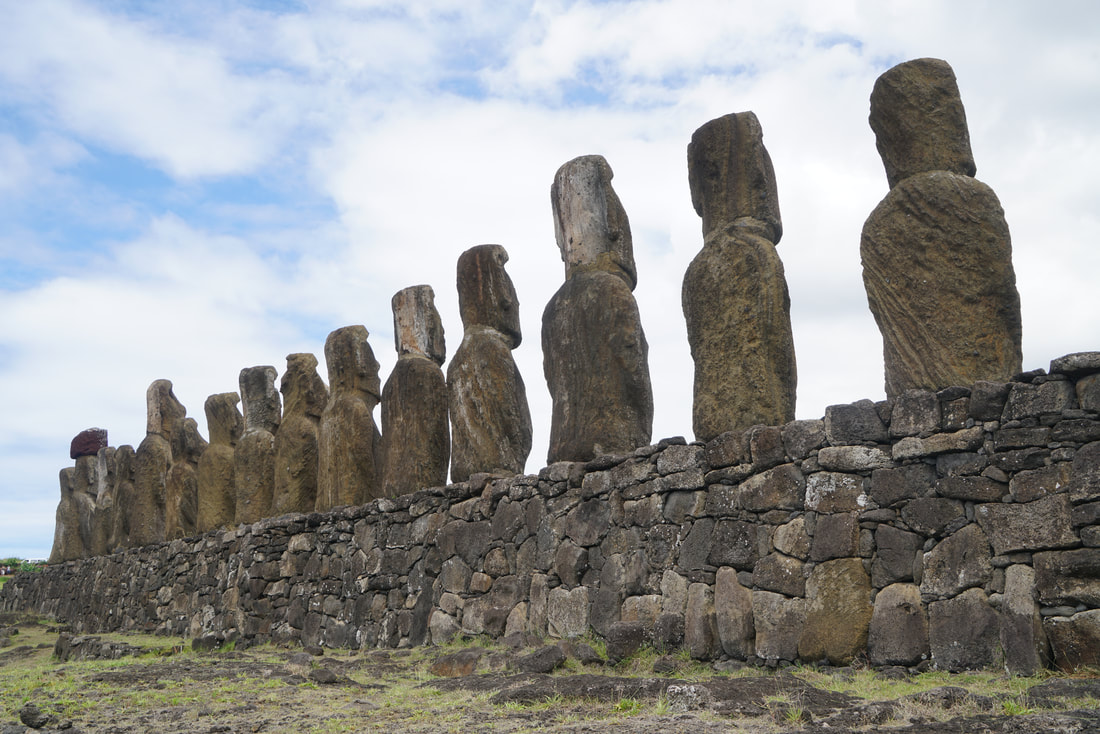
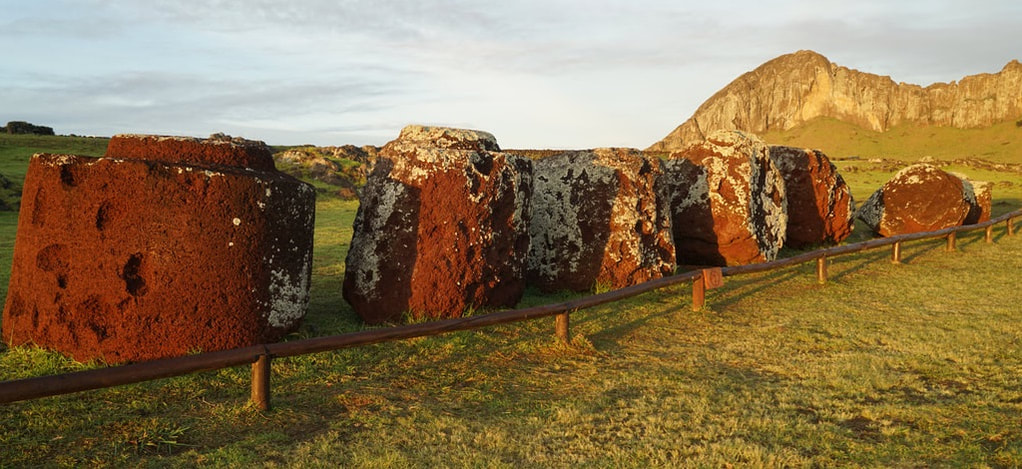

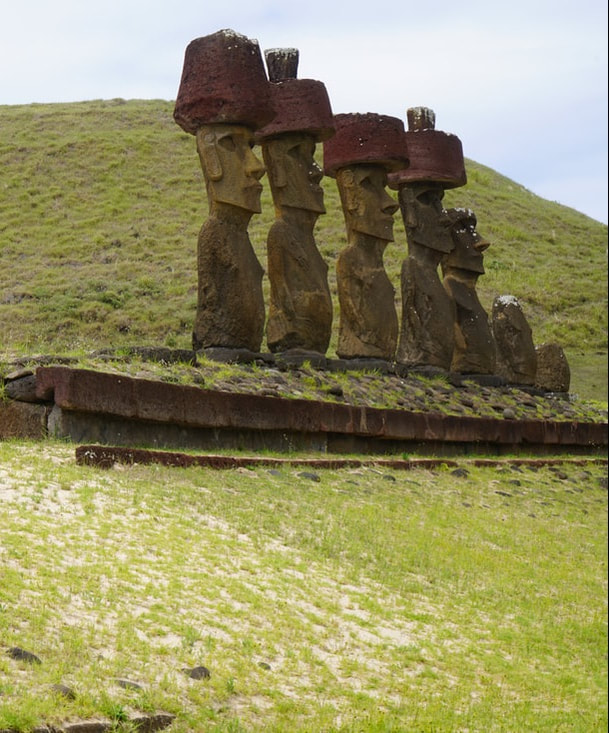
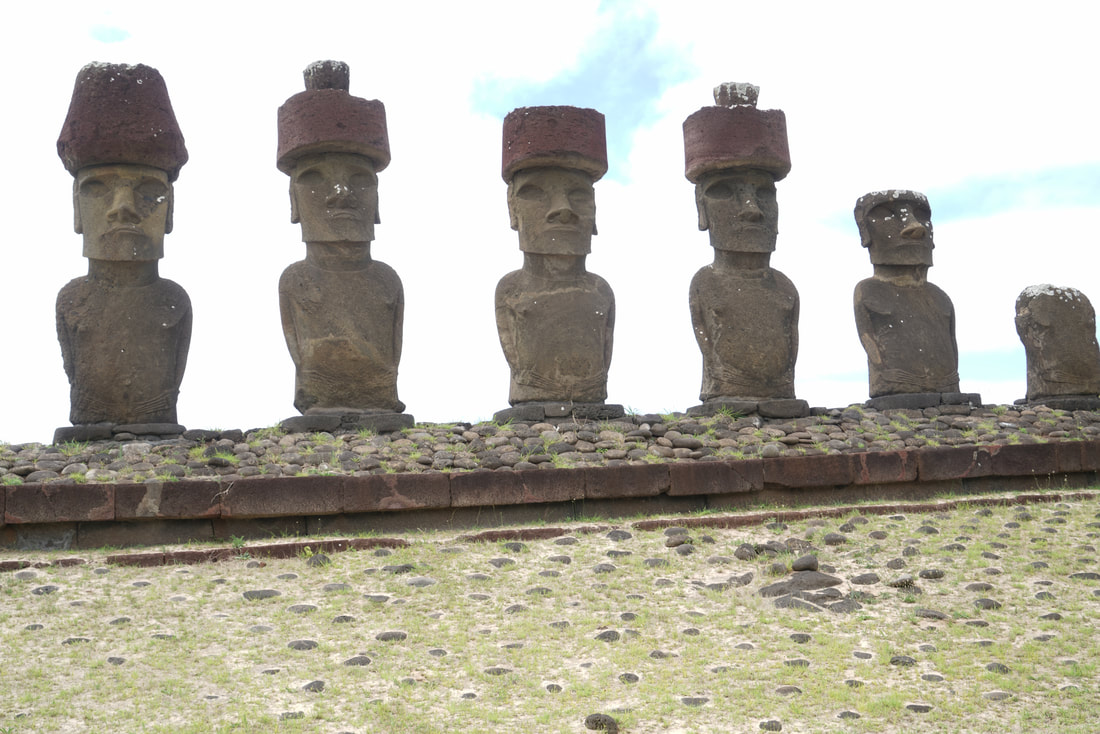
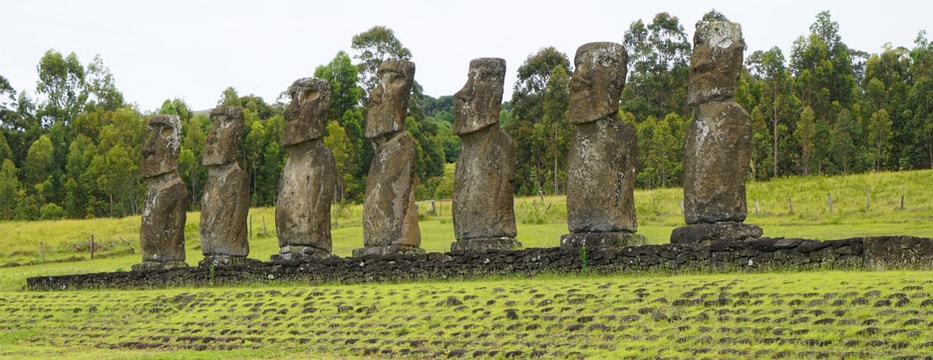
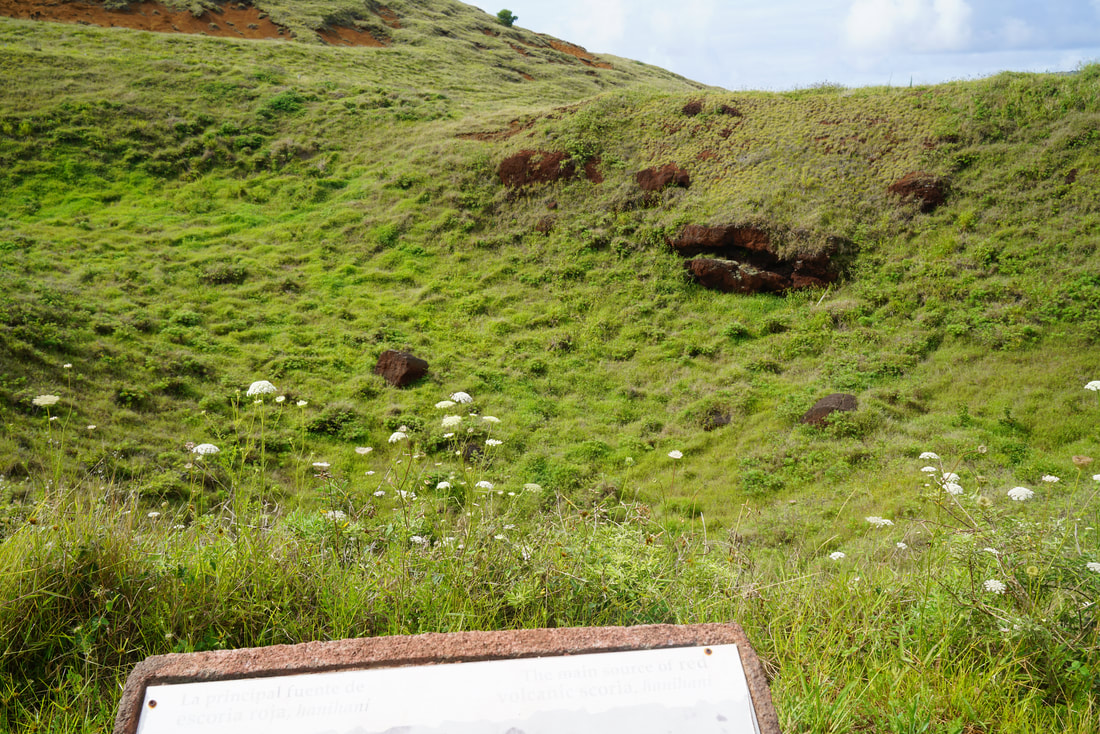


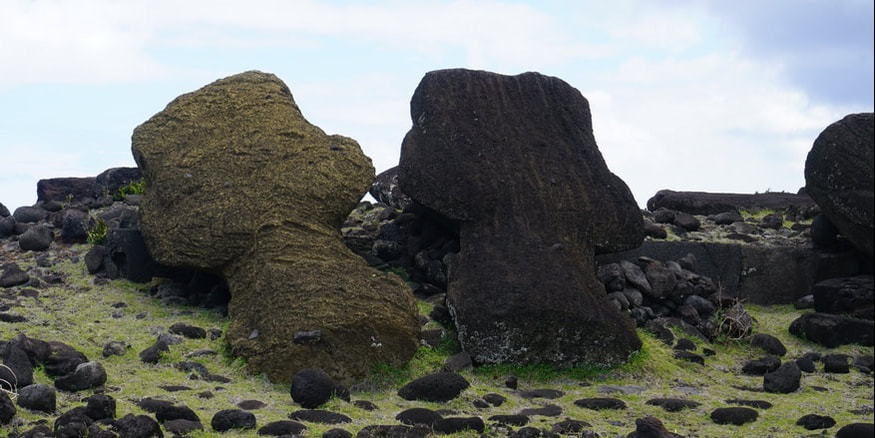
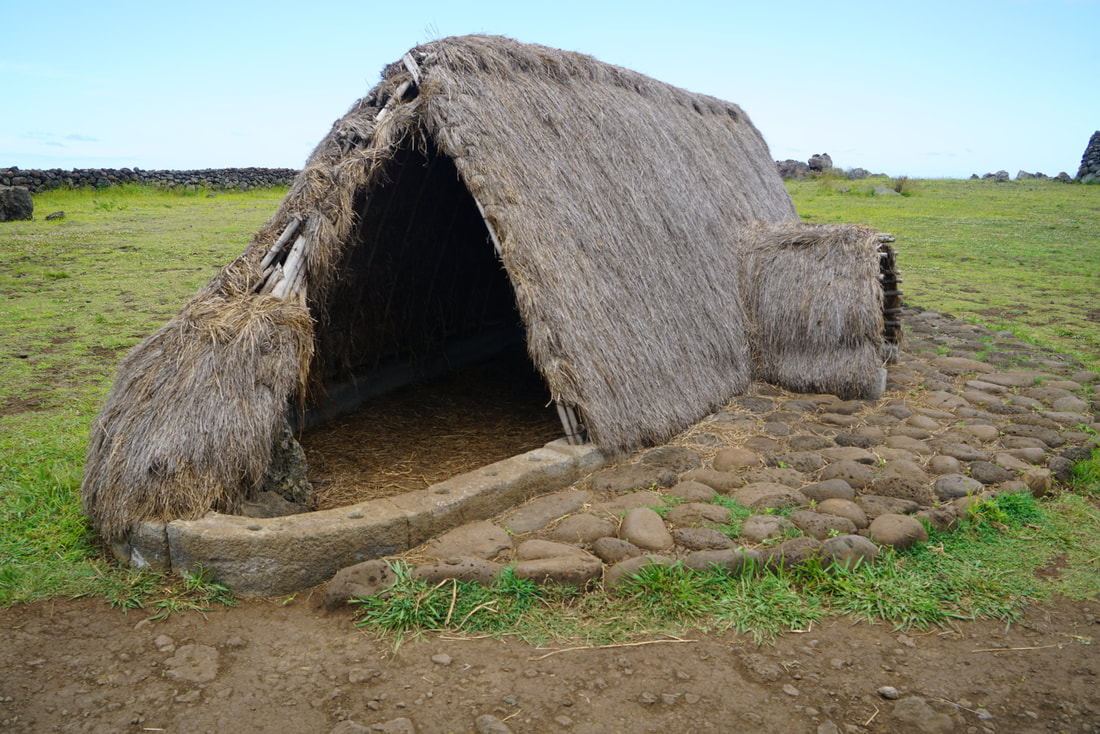
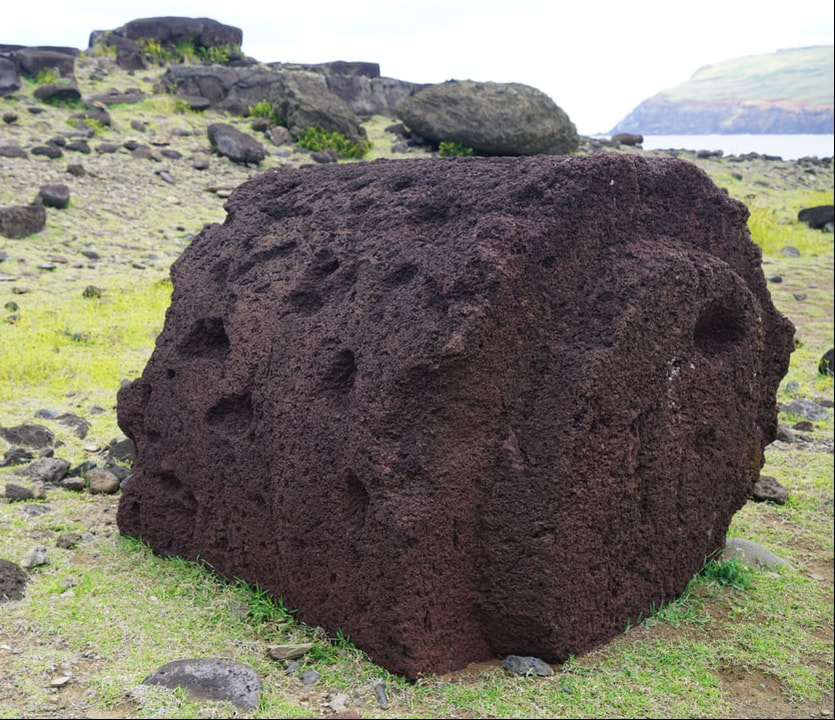
 RSS Feed
RSS Feed